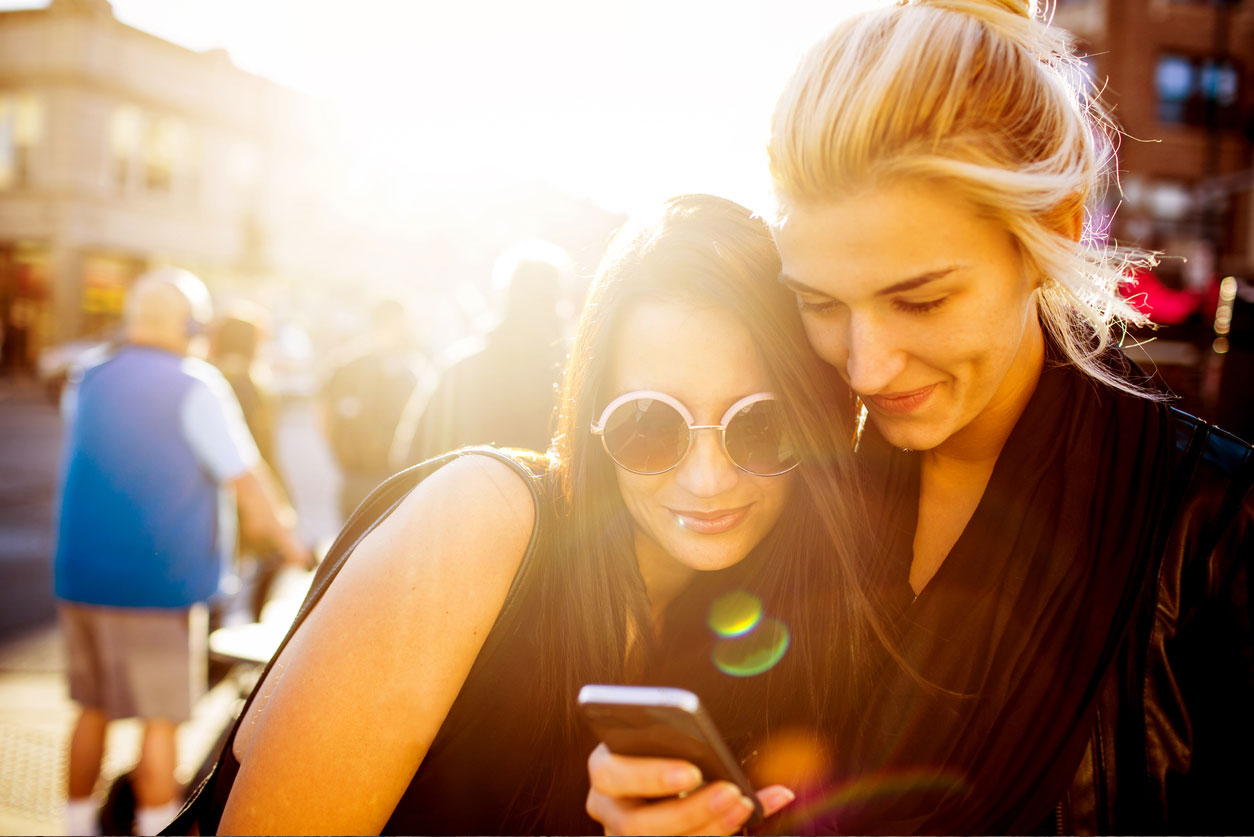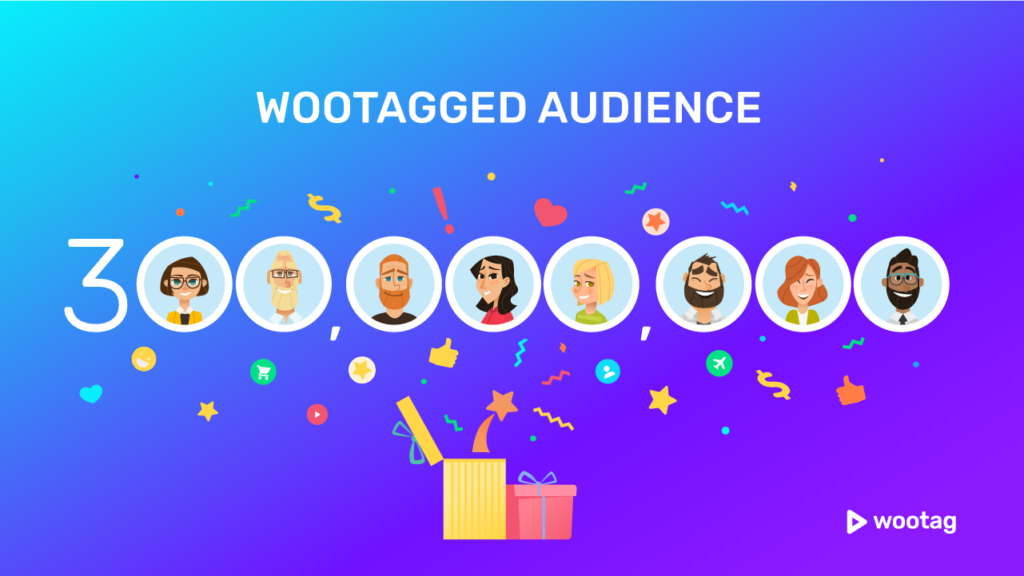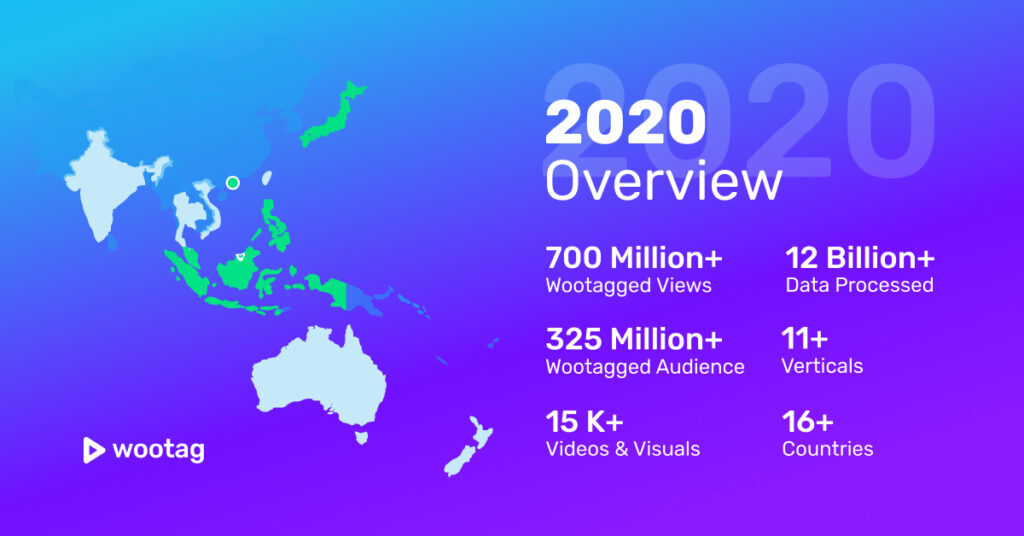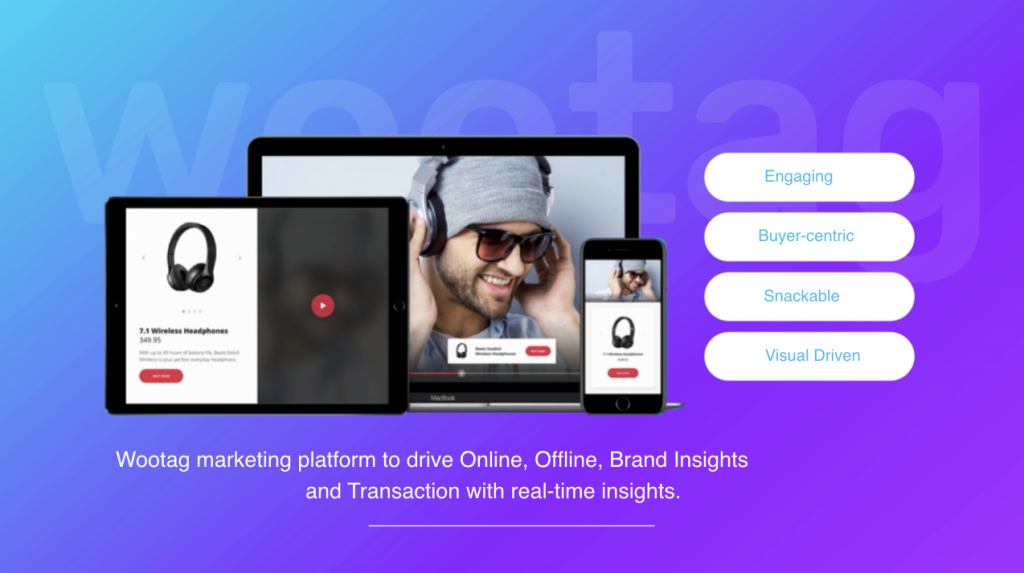In today’s surplus of online travel content, consumers are savvy in making choices and discretionary when it comes to absorbing information. The responsibility of travel brands now lies in their flexibility, connecting with consumers wherever they are on-the-go. Getting that digestible, exclusive and mobile-friendly content into their hands will remain a goal for travel brands, one that they must evolve to keep up to terms with.
Be it airlines, hotels, destinations, tourism bodies, traveller comparison websites or Airbnb properties, they are all aware of the consumer’s purchasing cycle prone to change. This change is as much as their social media habits and content preferences.
In view of this constant fluctuation, travel brands need to reconsider their marketing strategy and pump resources into interactive channels. Today, social channels are the default space where people ask for recommendations, chat with live chatbots, look at social posts of a place and watch dynamic videos.
Instead of polished Photoshopped destination videos, consumers trust bloggers’ instincts, word-of-mouth from Instagram influencers and what is most frequently shared as what they trust and rate worthy.
Here are some of the features that consumers look out for in a video that helps to influence their decision and give the right prompts and action.
Affluent travellers respond well to video
Ever wondered what’s the tipping point at which travellers become compelled to make a booking? Personalisation is the pillar of consumer responsiveness and is a definitive leap for many luxury travellers as they seek something distinct and of speciality. From luxurious resorts to fine dining restaurants and bespoke travel agents, personalised details in a customised experience is what the segment that commands spending power is after. The Four Seasons knows that its affluent segment can come from all age groups. It crafted a video that focuses on the aspirations of the affluent millennial traveller and gives tips on social media presence and broadening your visibility as a travel professional.
Expanding engagement through a hero video
The opening statement is the most crucial in any message to your user. ‘Hero’ content is content that is related to the most important event or product launch of the year. By using a fast paced central ‘hero’ video, it entices consumers to explore the websites and interact on your social pages and brand touchpoints. From Sweden launching a wellness and relaxation experiment in an experience-driven campaign to Volvo using action star Jean Claude Van Damme in an influencer testimony that is factually grounded, subtle and simple, a well thought out ‘central piece’ video will leave the viewer curious and invested in learning more.
Travellers want immediacy and the feeling of ‘voyeurism’
Having your story fleshed out through a 360 degree video makes all the worthwhile impact. A Google study showed that 360 degree videos have the capability of driving higher shares, subscribes and click-through rates. Using a sharply told visual story, you can provide travellers with a sense of credibility and confidence and pique their interest in a location with suitable calls to action. Check out Thomas Cook’s “try before you fly” online campaign, which users are given simulated experiences of a pilot and encouraged to explore the plan to learn more about new destinations.
Travellers enjoy interactivity and engagement
Travel consumers want to feel a sense of belonging and a feeling of control when it comes to designing their personal journey. The more immersive and interactive the user experience, the better the traveller can be connected to your message be it striking an emotional chord or prompting them to reflect and act on something.
Be it requesting made-to-measure information or gaining access to additional content, there is a need for travel videos to go beyond a mere click. By tracking user data, travel advertisers are also able to serve the needs of travel consumers better, providing bespoke information across screens as they evolve in their customer journey from initial travel aspiration, research and planning to the final purchase. An in-person style design interactive video of Visit Denmark was launched by Expedia. The video hailed a personalised perspective for the viewer riding through the streets of Copenhagen on a bicycle.
360 degrees is the perfect format
This is the time where viewers create so much dynamic and personalised video that hardly anything excites them anymore. Travel brands are foreseeing higher engagement with video campaigns than campaigns with no video element, the effectiveness of engaging viewers with this video format.
When using 360-degree video, travellers are in complete control of the experience. Exploring the video at their own pace allows them to prioritise their interests that they would consider paying for. Check out these up-to-the-minute travel players that are reviving their video game 360 degree style with fresh calls to action; Jumeirah Hotels and Resorts, Tourism Australia, Visit St. Pete/Clearwater, Google Maps and The Tourism Authority of Thailand.
Daring to stand out in the crowd
As travel is an experience which receives heavy concentration from social media chatter to shared photographs, there is an importance to be unique and distinct in your point of view.
Videos need to have a human interest twist, represent the much talked about in a new way and bring their destination, hotel or activity to another level of emotional connection. Video has the potential to create strong emotions in a viewer but may allow them to draw closer but for them to be ambassadors of your brand they need to share the video on social channels and chat groups.
Travel Channel Skift argues the importance of destinations giving inspirational storytelling in an honest way rather than luxury suggestions and marketing products in their videos. Google’s “Traveller’s Road to Decision” survey uncovered the emergence of the first-person perspective as the way in which viewers want to consume videos. The majority of people who viewed travel videos preferred to see “trip reviews from people like me”, ”trip reviews from experts” “videos from travel-related channels” and “videos from hotels, airlines, cruises, tours etc.”
Slicing and segmenting your videos
Stringing together the right travel experiences in a continuous and alluring way is a challenge faced by travel brands. Consumers want to have a highly organic worldview of their experience and usually start making concrete plans as they are drawing closer to the trip, sometimes while on the trip itself. Today’s consumers are doing bite-sized chunks of research in between commutes, lunch breaks, medical appointments and at other intervals. Travel brands will need to create content that is sized and structured to fit these timeframes and scale their products at this pace.
Triip.me, a popular Vietnam online guide allows local residents to create visual-driven tours that showcase their knowledge, authentic lifestyle and cultural gems that most guides aren’t clued in. For those who desire greater involvement, they can also be tour guides upon demand. Overall, it creates freedom and mobility with social touring choices and a definitive local experience that is budget-conscious and commercial-free.
Whether it’s targeting consumers by geographical location, demographics, behaviour or channel plan, videos will need to offer a sense of immediacy and interactivity. As consumer desires and needs constantly shift, so do videos as they switch their message and revamp their outreach.
Avoid unsubscribes and a loss of brand recall and web traffic by ensuring your message is in the right form and place and in the hands of the right audience.





